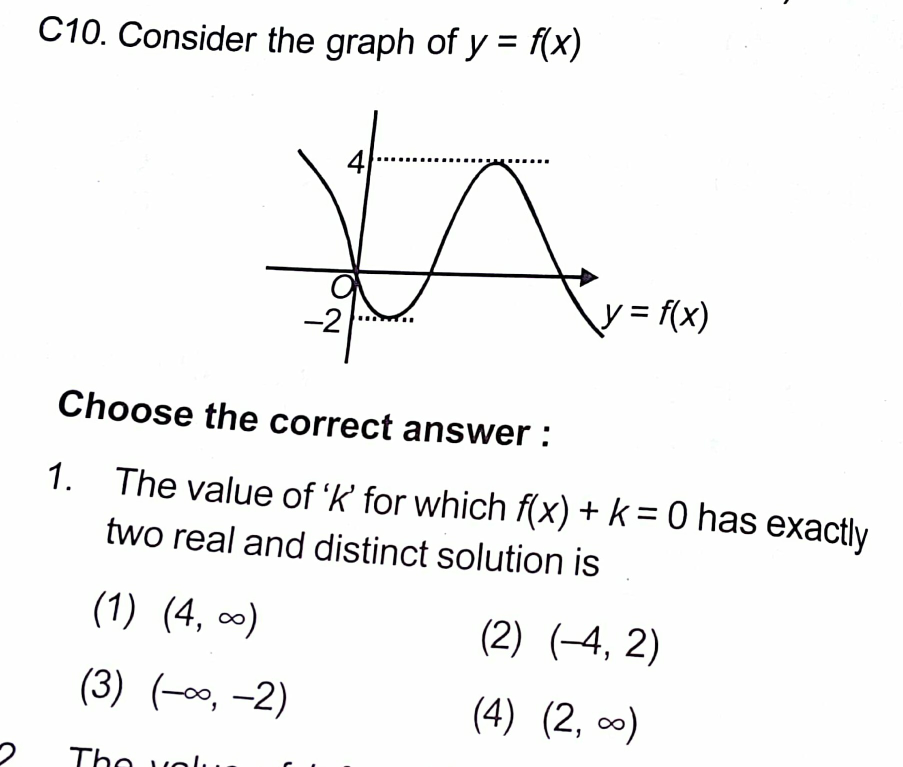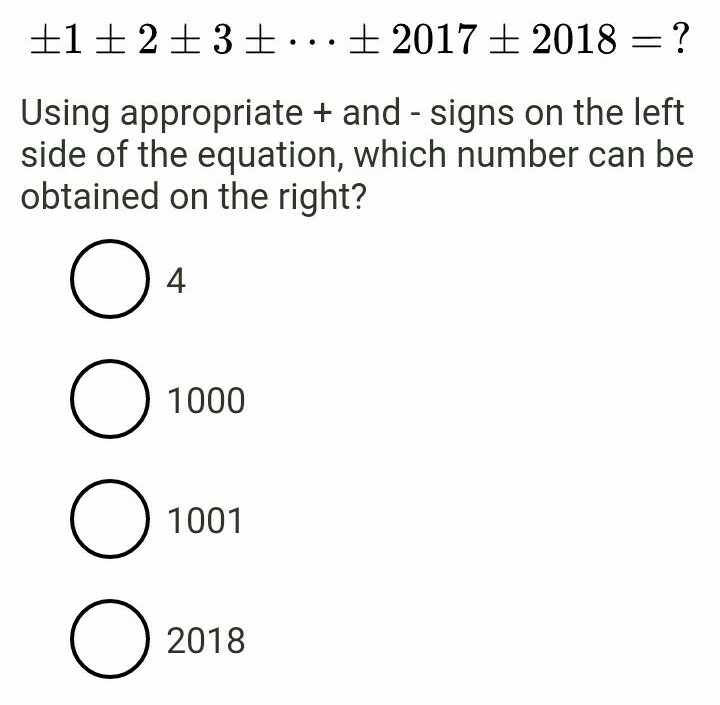
AllQuestion and Answers: Page 1756
Question Number 33271 Answers: 0 Comments: 0
Question Number 33270 Answers: 0 Comments: 15
Question Number 33267 Answers: 1 Comments: 1
Question Number 33259 Answers: 0 Comments: 1
Question Number 33258 Answers: 0 Comments: 0
Question Number 33257 Answers: 0 Comments: 1
Question Number 33256 Answers: 0 Comments: 1
Question Number 33255 Answers: 0 Comments: 2
Question Number 33252 Answers: 0 Comments: 1
Question Number 33240 Answers: 0 Comments: 3

Question Number 33239 Answers: 1 Comments: 0

Question Number 33230 Answers: 1 Comments: 0
Question Number 33222 Answers: 0 Comments: 0
Question Number 33223 Answers: 0 Comments: 0
Question Number 33218 Answers: 1 Comments: 0
Question Number 33217 Answers: 0 Comments: 7

Question Number 33216 Answers: 1 Comments: 0

Question Number 33214 Answers: 0 Comments: 8

Question Number 33211 Answers: 0 Comments: 0
Question Number 33210 Answers: 0 Comments: 0
Question Number 33209 Answers: 0 Comments: 0
Question Number 33208 Answers: 0 Comments: 0
Question Number 33207 Answers: 0 Comments: 0

Question Number 33204 Answers: 0 Comments: 1
Question Number 33232 Answers: 0 Comments: 1
Question Number 33200 Answers: 1 Comments: 0
Pg 1751 Pg 1752 Pg 1753 Pg 1754 Pg 1755 Pg 1756 Pg 1757 Pg 1758 Pg 1759 Pg 1760
